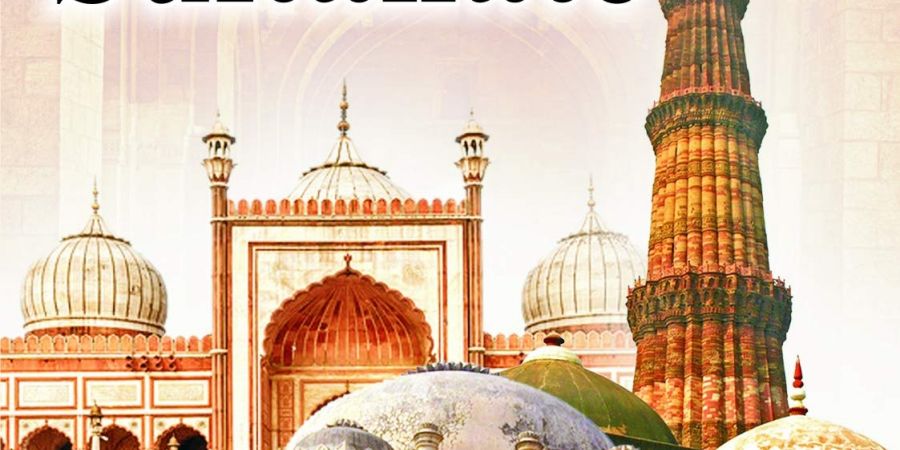

Foundation of Delhi Sultanate
• By the end of the 12th century, Mohammed Ghori was
successful in occupying Delhi and started a dynasty of
rulers which, together with some later dynasties, came
to be called the Delhi Sultanate.
• Ghori’s sudden death in 1206 resulted in a scramble
for supremacy among his three generals– Qutub-ud-
din Aibak (commander of his army), Tajuddin Yalduz
(ruled Karman and Sankuran between Afghanistan
and Sindh) and Nasiruddin Qubacha (held Uchh).At the time of Ghori’s death, Aibak was at Lahore.
• Ghiyas-ud-din Mahmud, the successor of Ghori,
acknowledged Aibak as the independent king and gave him
the title of Sultan of Delhi.
• The assumption of sovereign powers by Qutub-ud-din
Aibak in 1206, is regarded as the foundation of the
Sultanate of Delhi and the first ruling dynasty of the
Sultanate.
• The Slave Dynasty (AD 1206-1290)
• The first dynasty of the Sultanate has been designated by
various historians as the Slave dynasty or the Mameluq
dynasty or the Ilbari dynasty.
• Recognition as all rulers of this dynasty except Qutub-ud din, belonged to the Ilbari tribe of Turks
Qutub-ud-din Aibak (AD 1206-1210)
Captial Lahore and later Delhi. He was the first Muslim king in
India and the founder of Ilbari dynasty. For his generosity he
was known as Lakh Bakhsh or (giver of Lakhs).
Aibak was a great patron of learning and patronised writers
like Hasan-un-Nizami and Fakhruddin.
Tazul Maasir of Hasan Nizami is a work primarily dealing
with Aibak.
He began the construction of Quwwat-ul-Islam Mosque
(Delhi), Adhai Din Ka Jhopra (a mosque at Ajmer) and Qutub
Minar, (after the name of Khwaja Qutub-ud-din Bakhtiyar
Kaki), a Muslim saint.
The construction of Qutub Minar was finally completed by
Iltutmish, his successor.
In 1210, while playing Chaugan (Polo) at Lahore, he fell off his horse and died of injuries.Shams-ud-din Iltutmish (AD 1211-1236)
• Iltutmish was a slave of Qutub-ud-din Aibak. By sheer
ability he rose to be his son-in-law and the Governor
of Badaun.
• He ruled for a quarter of a century and proved a very
strong and worthy ruler and completed the work of
Aibak.
• In 8 years, between AD 1226 and 1234, he conquered
Ranthambore (1226), Mandawar (1227), Bayana, Jalor,
Gwalior, Malwa, Bhilsa, Ujjain and Bengal (1231).
• Iltutmish defeated Yalduz in the Battle of Terrain
(1217) and killed him.
• Likewise, in 1228 he carried a march against Qubacha
and put him to death, who were Ghori’s slaves.• A notable event of the reign of Iltutmish is that for the
first time the Mongols came as far the frontiers of India.
• In AD 1221, the Mongol Chief, Changez Khan, one of the
mightiest conquerors the world has ever seen, reached
the Indus in pursuit of an enemy Jalal-ud-din, King of
Khwarizm or Khiva.
• Iltutmish at this time saved the Sultanate by refusing
to give any shelter to Jalal-ud-din .
• It was he who gave the country a capital, a sovereign
state, a monarchial form of government and a governing
class or nobility, known as Turkan-i-Chahalgani or
Chalisa (a group of forty) which was the ruling elite of the period
